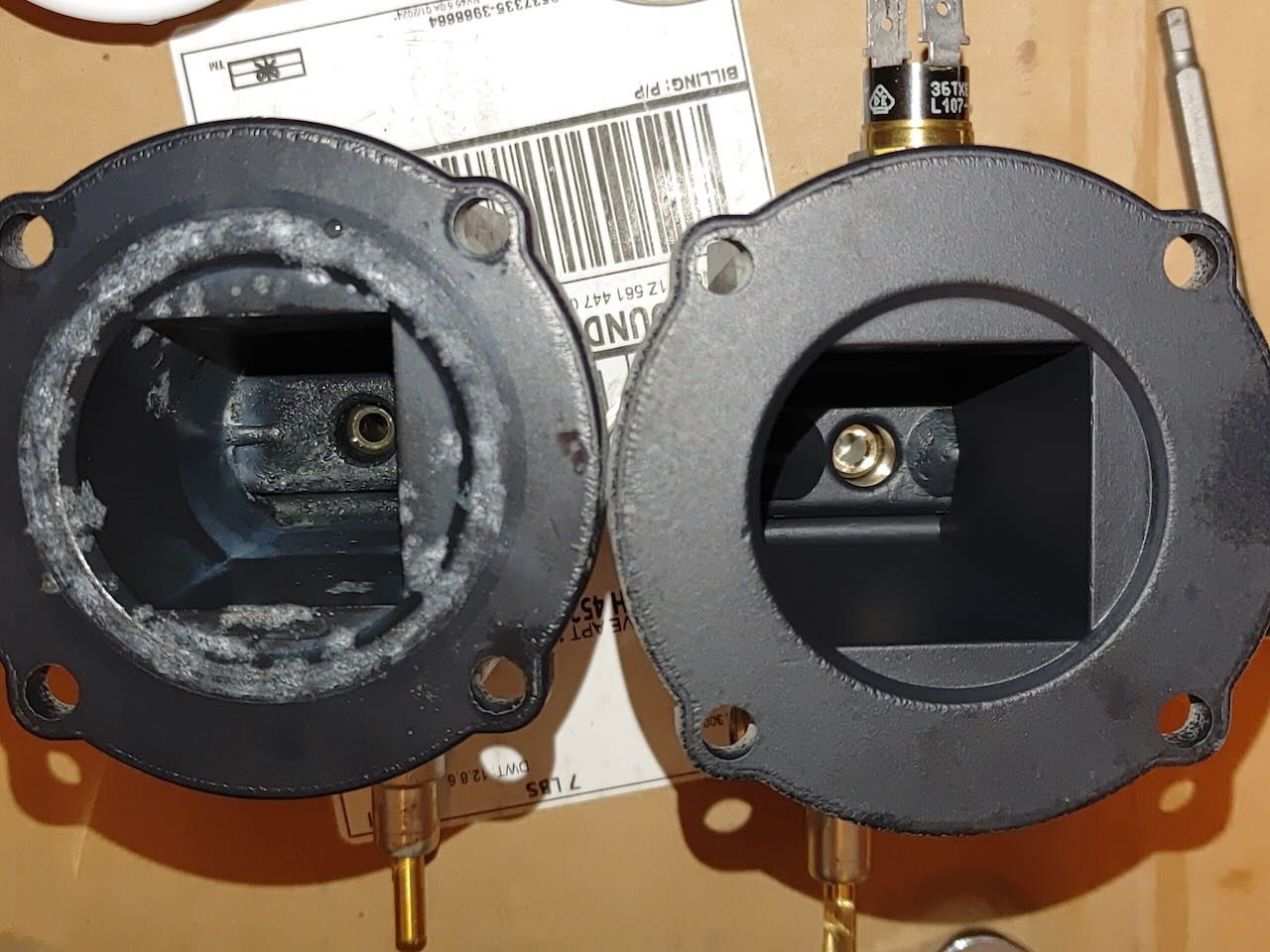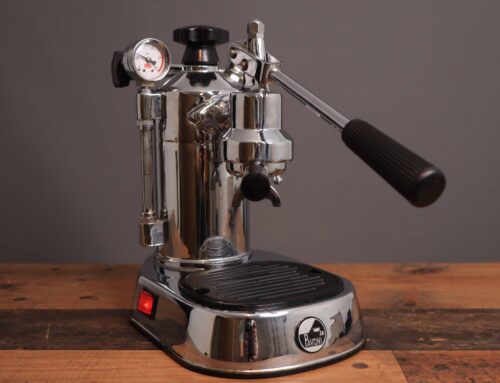Boilergate – Woes with the new Gaggia Classic Pro Evo?
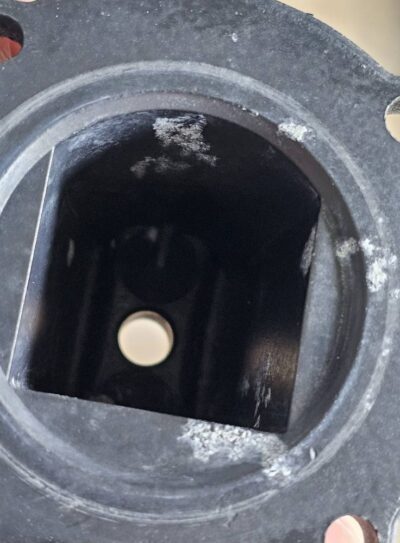
Gaggia Classic Pro Evo Boiler with flaked coating (submitted by Julian)
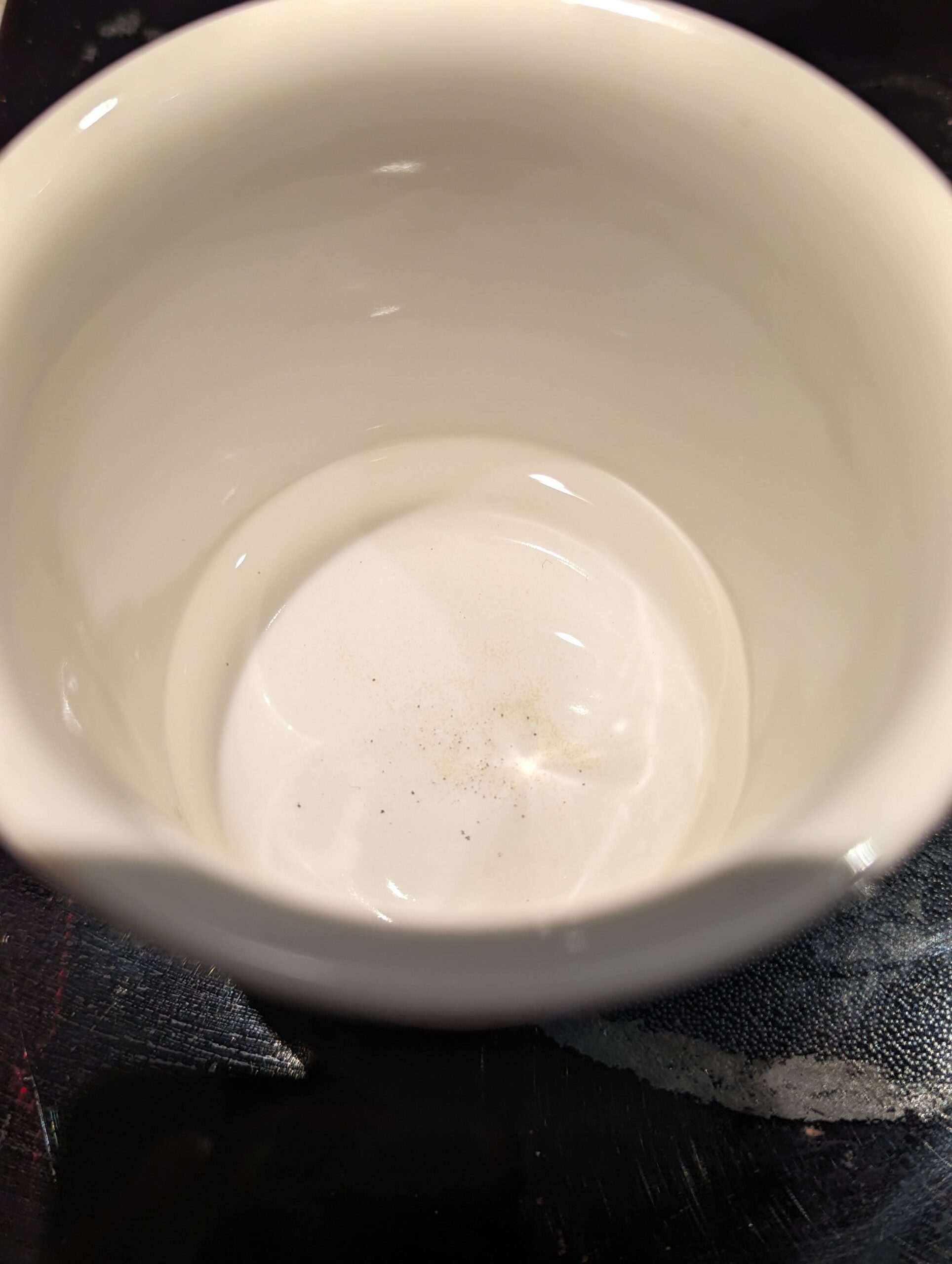
Gaggia Classic Pro Evo – black flecks in the cup (submitted by Ken)
What is Boilergate on the Gaggia Classic Pro Evo?
Boilergate refers to little black specks ending up coming out of the steam wand or brew group of the new Gaggia Classic Pro Evo. The suspected cause of these black specks or flakes is the new anti-stick coating used on the boiler of the updated Gaggia Classic Pro Evo.
Gaggia Classic Pro to Evo (history)
The Gaggia Classic Pro, also known as GCP, has been a best seller for a long time on the home barista market. People have been lovingly making espresso with the GCP for decades, and there are numerous forums dedicated to this home espresso machine.
The GCP has traditionally been built with an aluminum boiler, with an anodized surface. Just like any other boiler, the aluminum one in the GCP can build up quite a bit of scale over time. As I understand it, Gaggia recently started coating its boilers with a black, anti-stick coating called Exelia 3010/B242, to help avoid scale build up. This may also help against potential pitting of the aluminum surface.
What is Exelia 3010/B242?
According to a public statement from Gaggia (source: Reddit), Exelia 3010 is a “type of coating approved for food contact in compliance with:
- FDA Regulation CFR Title 21, paragraph 175.300
- Commission Regulation (EU) No 1935/2004
on food contact materials and is used in many sectors and by other espresso machine manufacturers.”
According to the public statement, Gaggia had the coating certified by a third party institute (Eurolab). Eurolab attested to finding the coating compliant with the specifications of the Commission Regulation.
Nevertheless, Gaggia seems committed to setting this right by replacing affected boilers, so that’s a good thing.
How is Gaggia Responding?
I decided to contact Gaggia myself, just to see if I could get through. Their website offers to contact them through their Facebook or Instagram site, so I asked them what they are doing to handle these boiler issues.
To my pleasant surprise, they answered within one day, with the following answer:
“Dear Tom,
Thank you for contacting us. We are dealing with each of the cases individually thanks to the support of the local distributors who are analyzing in first person the situation of each boiler and the causes.
The flakes are in no way harmful, despite they are not pleasant to see…and we are sorry for that.
We have diffused a communication in which we state that this type of coating is approved for food contact in compliance with the FDA (Food and Drug Administration) Regulation CFR Title 21 Par 175.300 and with the Commission Regulation (EU) No 1935/2004 on food contact materials and is used in many sectors and also by other espresso machine manufacturers.“
It’s good to know that they are working with local distributors to support each case.
How many Gaggias are affected?
According to a poll taken at the Facebook group Gaggia Classic, around 80% of models checked were affected. I also ran a poll on my YouTube page, and there just 37% out of 165 responses were affected by the flaking boilers.
For those people who have not heard of the issue, they may not have noticed yet. It may also be the case that only a certain batch of units was affected. If you already own a Gaggia Classic Pro Evo, I would just recommend being aware of the potential issue, and looking out for the flakes. Hopefully, you won’t have an affected unit, but it’s good to be aware of the issue.
What about older GCPs?
Of course you could just buy an older Gaggia with an aluminum boiler without coating. Or, you could buy a model made in between, when Philips acquired Gaggia, when they had a short production run of stainless steel boilers! They eventually put the kibosh on this model, because it was a bit lacking in other departments, such as the cheap buttons and crappy steam wand, but at least it had a stainless steel boiler. Check out the video below comparing the older aluminum boiler model with the shortly produced stainless steel option:
So what now?
If you are looking for a new machine, I would suggest waiting until Gaggia gets this sorted out with updated or unaffected boilers. In the meantime, you can consider a machine with a stainless steel boiler, like the Delonghi ECP, or perhaps the MiiCoffee Apex, or numerous others.
If you would like to submit a photo or video of your affected machine, please feel free to contact me using the contact button up above.
User Submissions
Douglas over there at the Gaggia Facebook group was kind enough to submit his story, as well as some photos of the original boiler in his Gaggia Classic Pro Evo, as well as the new replacement boiler.
According to Douglas, the new boiler’s coating feels a little smoother, and might be slightly darker. Check the photos below. We are all hoping that this new coating will the the long term solution for these coated boilers, so we can get back to enjoying some unabated espresso.
Thanks Douglas, for your submission!
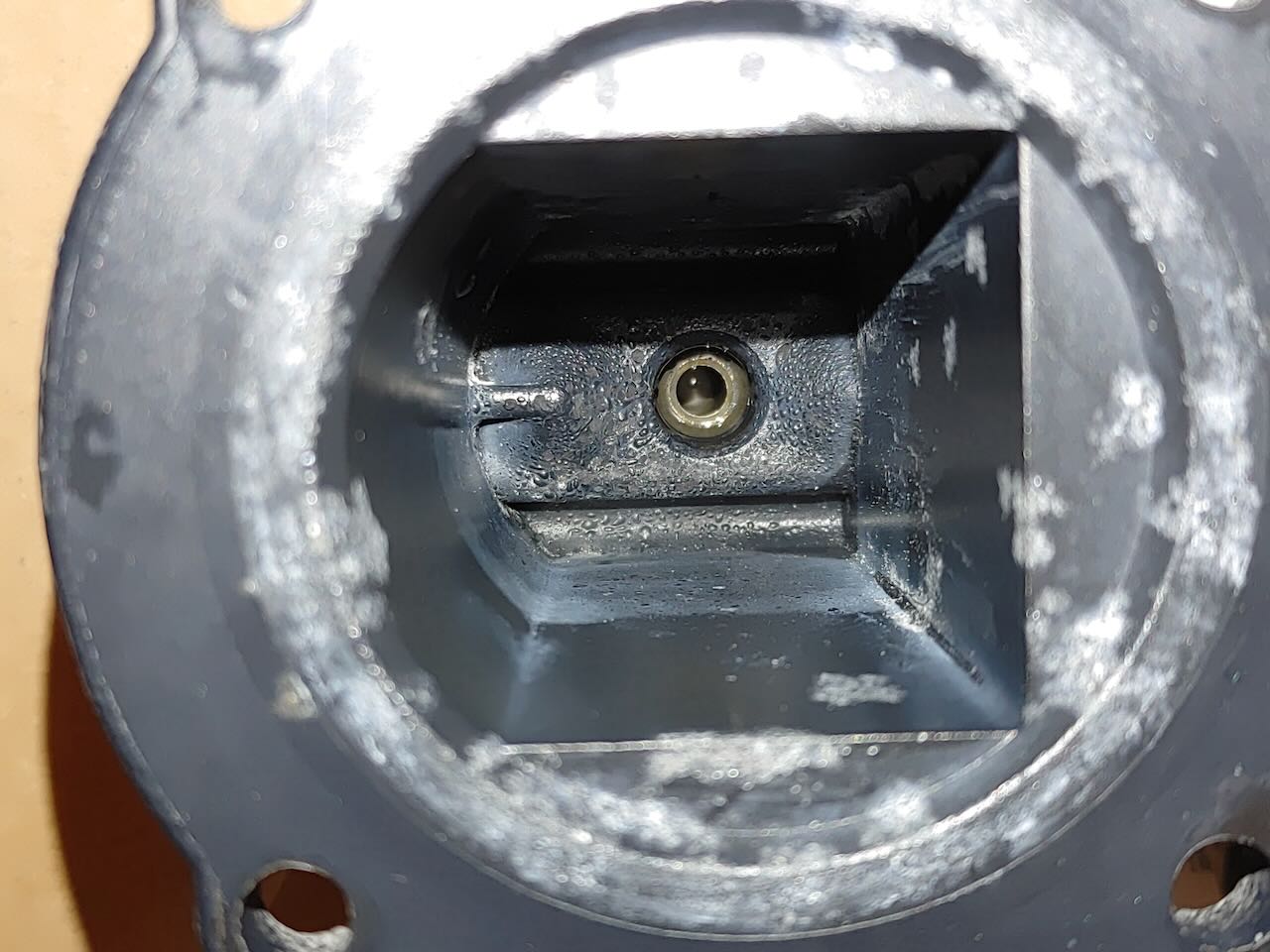
Gaggia Classic Pro Evo with affected coating (submitted by Douglas)
